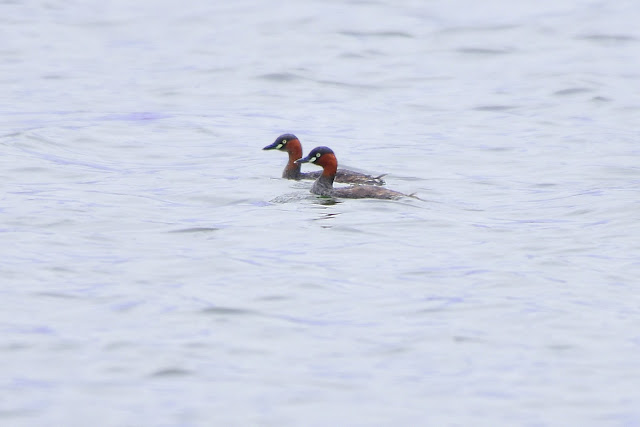For several decades until 1980s, tin mining industry especially
in the Kinta Valley played a key role as one of the major contributors to the
Malaysian economy at that time.
I was one of those boys who grew up in the neighbourhood of tin-mining
towns where most of my neighbours, relatives and childhood friends depend on
tin-mines for a living.
Recently, my birding hobby had given me opportunities
to visit such towns. They included Pusing, Sipueh, Tronoh, Batu Gajah, Tanjong Tualang, Gopeng, Malim
Nawar, Kampar etc. The extensive sandy land between these
towns and outside of the main roads are now hundreds or perhaps more than a
thousand abandoned mining pools of various sizes. Some of these pools have been put into uses and converted into farms for fish, ducks and other livestock. These ponds and its
vegetation form important habitat of extensive areas for many different species
of wetland birds.
(Sept. 2018, Tanjong Tualang)






























Comments
Post a Comment